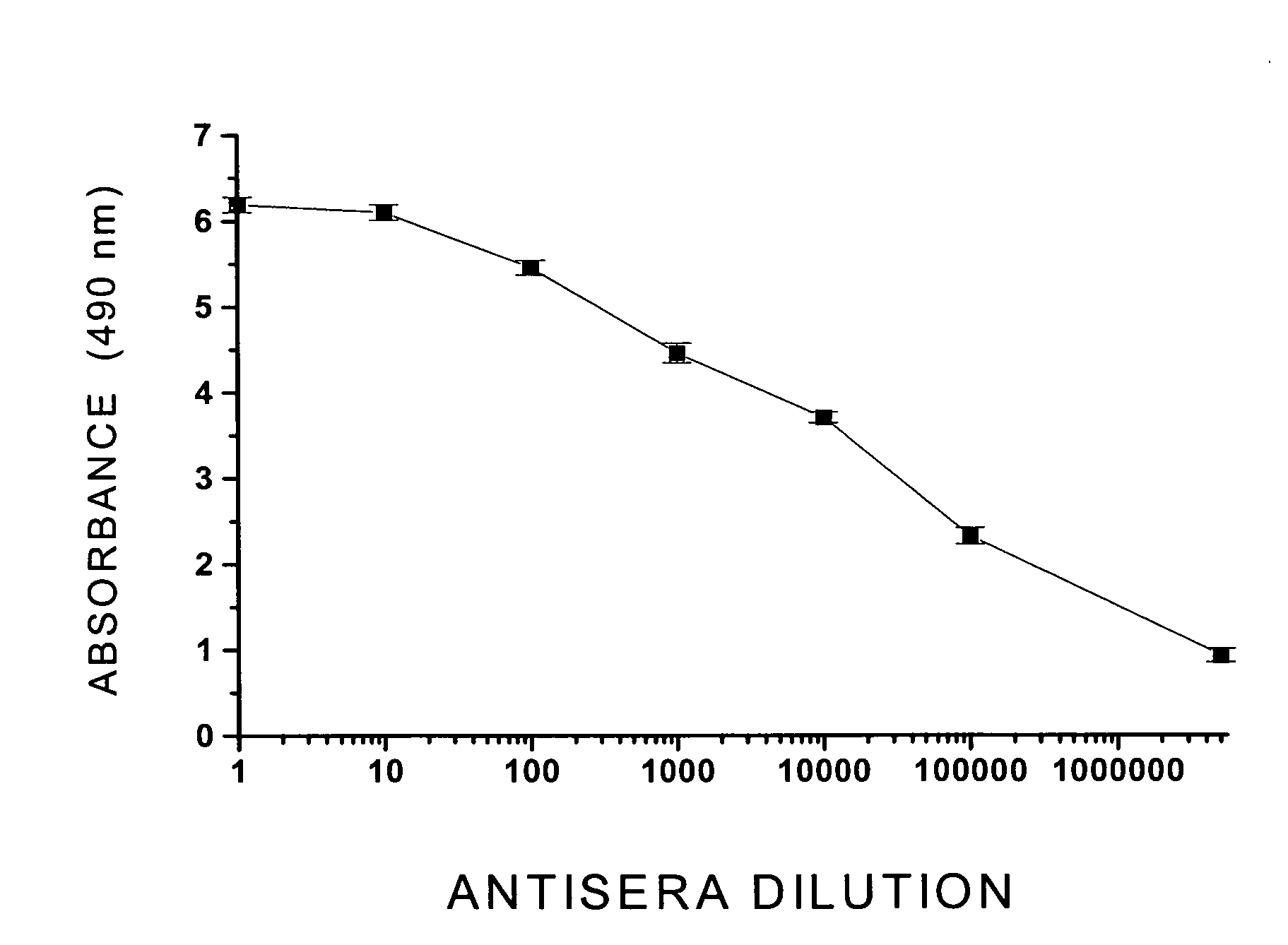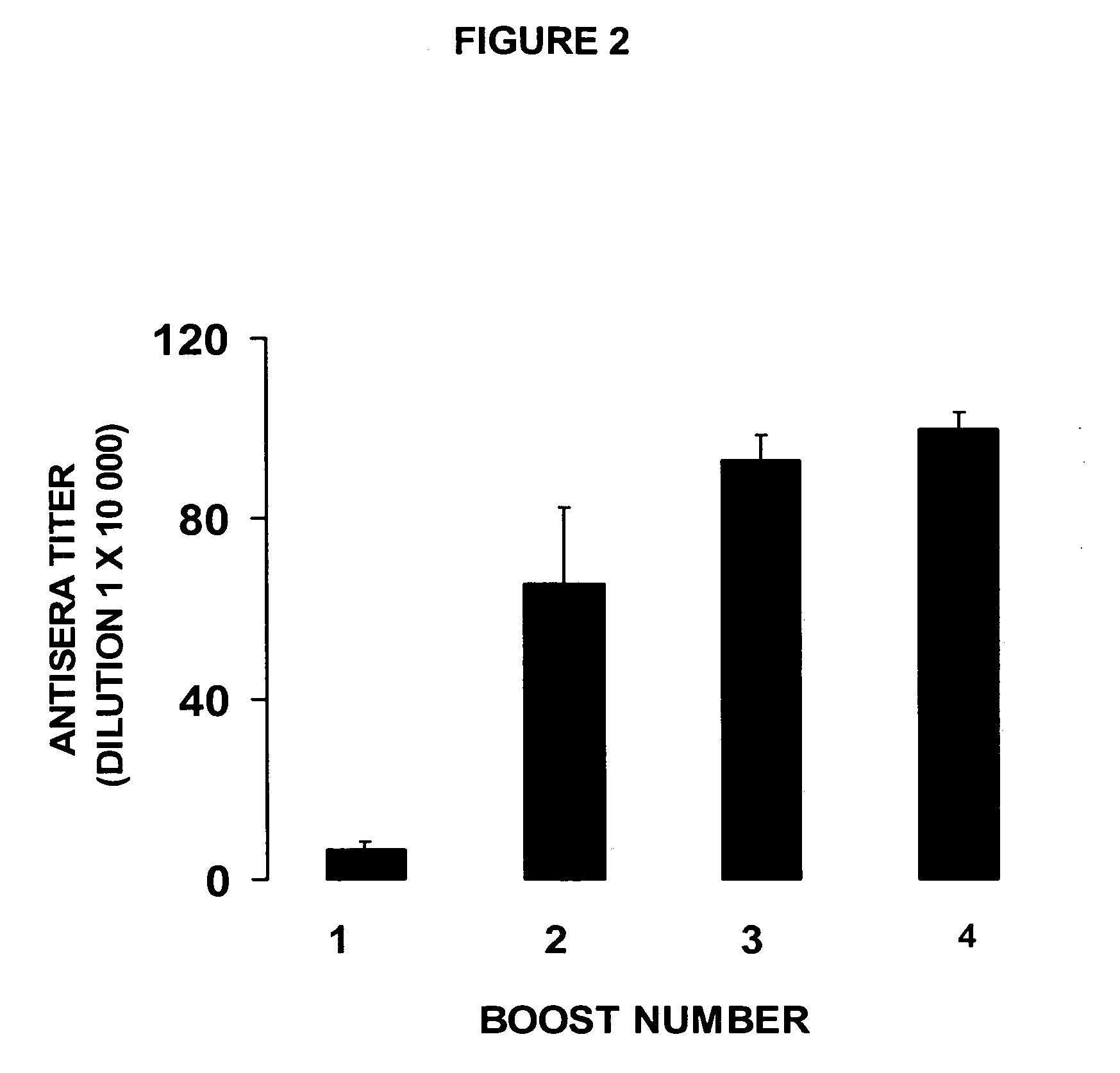The abuse of illegal substances with reinforcing addictive properties represents a major
public health problem worldwide.
Thus, this health problem has serious and progressive deleterious effects on social, economic and medical areas in affected countries.
Firstly, the high death index related to the toxic effects induced by the overdose of such substances.
Secondly, the induction of teratogenic effects in the newborn, which are frequently associated to the chronic abuse of illegal substances by addicted pregnant mothers.
Finally, the
high incidence of co-morbid diseases of acquiring viral infections such as the
human immunodeficiency virus (HIV), frequently detected in heroin abusers, as well as the increased rates of crimes, violence and delinquency frequently associated to the
drug-trade and
drug-intake of such illegal substances.
Therefore, the behavioral changes occurring during opiate addiction to these substance of abuse in the individual, follow a time-course of increased complexity and intensity with regard to the
drug addiction symptomology.
Thus, given the complexity of the natural history of the morphine / heroin addictive
pathology, few currently available pharmacological treatments have been designed to modify the pharmacodynamic mechanisms by which these opiate substances produce their drug-reinforcing actions once they bind their specific
receptor sites at their targeted neurons (D. M. Grilly, Opioids (narcotics) and their antagonists.
Under normal circumstances, the treatment and maintenance of opiate
withdrawal syndrome requires hospitalization and
clinical care with the support of specialized medical personnel, which commonly results to be highly expensive.
Thus, from a general medical viewpoint, the therapeutic challenges to blunt morphine / heroin addiction are enormous and, in most of cases, difficult to improve.
The main obstacles faced by both pharmacological and non pharmacological-based treatments, are the lack of an adequate number of specialized clinics or hospitals, the high economical costs of therapy usually billed to the patient and, most importantly, the absence of either patient follow-up programs (i.e., years) or continuous
clinical evaluation as well as the lack of application of long-term psychotherapy support to prevent drug-relapse.
In addition, another major problem facing most of the current anti-addictive treatments against opiate abuse is the side-effect
toxicity resulting from long-term dosification of single or combined pharmacological agents (K. Severino et al., Ann.
However, besides of their widely use in long-term detoxification therapies and / or treatment maintenance of
abstinence, these drugs have been shown to induce several toxic side-effects.
The toxic side effects often seen during the long-term administration of these compounds are mostly due to the
blockade of the endogenous
opioid transmission systems in the brain, leading to impairment of both cognitive and emotional brain functions, among many other physiological activities (M. J. Kreek, Ann. N.Y. acad.
These latter pharmacodynamic changes ultimately lead to blunt both the development of the reinforcing activities and the rewarding pleasant effects induced by
drugs of abuse in the brain.
Thus, once cocaine has been neutralized to produce its reinforcing and rewarding effects in hyperimmune animals, the reinforcing properties of this drug will be lost upon a subsequent drug
exposure, as demonstrated by the suppression of drug-seeking and drug-intake behaviors in such hyperimmune vaccinated animals (rodents) seen with use of some immunogenic conjugates of cocaine.
However, the type of the carriers proteins (e.g., BSA and KLH) used in the preparation of the immunogenic conjugates (vaccines) used in these studies preclude its potential use in vaccine formulations for use in human immunization protocols (Carrera et al., Proc. Natl. Acad. Sci.
Furthermore, the synthesis of conventional and or catalytic mouse anti-cocaine
monoclonal antibodies used as potential
passive immunotherapy for addition in experimental animals (rodents), has the main limitation in conferring immunoprotection in a short-term period when passively administered.
Additionally, active vaccination with this
immunogen in human volunteers, used to test the safety and
immunogenicity of this vaccine formulation, unfortunately, showed little promissory therapeutic effects, in this single Clinical Phase I study (T. Kosten et al., Vaccine 2559:1-9, 2001), due to the fact that this vaccine formulation showed a poor immunogenic capacity, producing low
antibody titer responses [e.g., low concentration range (μg) of specific immunoglobulin / ml of serum] in most of the vaccinated subjects.
Although this pioneer report showed the first successful
antibody-based
antagonism procedure to blunt heroin-intake behavior in the
primate, it was never patented and developed for clinical use.
Similarly, no further experimental studies related to the design, synthesis and validation of further novel structural anti-morphine / heroin vaccine formulations using carrier proteins suitable for human vaccination were developed, basically due to the fact that BSA is not a licensed
carrier protein for such experimental purposes.
Furthermore, it did not show any information concerning experimental data related to the design of the structural molecular models of immunogens, methodologies describing the synthesis, purification, application and dosification procedures of these new vaccines.
From a potential therapeutic viewpoint, a passive immunoprotection procedure against morphine and heroin addiction has practical limitations to prolong and maintain
abstinence to opiate drugs in humans on a long-term basis, as opposed to the
active immunization procedures.
Thus, immunoprotection conferred via passive administration of murine
monoclonal antibodies into non-murine hosts is usually short-lived.
In this context, passive immunization of patients with such immunoglobulins would trigger a rapid humoral immunological response against these molecules, which ultimately result in a blunted antibody-mediated neutralizing responses and reduced half-life of these types of immunoglobulins in
plasma.
Thus, once primed such antigenic responses against
heterologous antibodies in passively immunized subjects, the subsequent administration of these types of immunoglobulins would lead to the development of abnormal immunological responses of hypersensibility upon repeated passive administration of such molecules.
 Login to View More
Login to View More 


